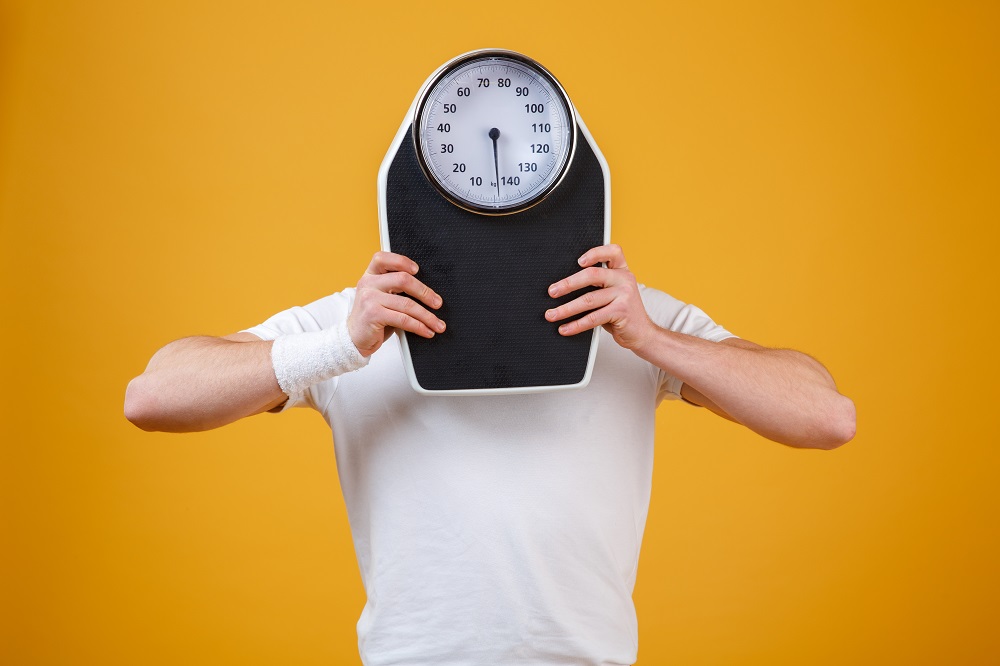Expectations While Dieting
Being overly anxious towards losing weight on a diet often brings disappointment for those that fail to meet their goals. Diets typically work until a plateau is reached on the weight scale, which can frustrate some to move onto another dieting method.
To see noticeable results from any exercise and dieting regiment requires unwavering commitment with small adjustments as the weeks progresses.
Commitments are simple but are not easy to stick to because of the resources that are needed; money and time.
The money required depends on your budget, whether you’re purchasing uncooked foods or prepared meals from a delivery service.
Between the two, its cheaper to buy food to prepare on your own and higher quality products often more costly than unhealthier options (see How to Prepare a Nutritious Meal).
Money will also be necessary to avoid pitfalls and erroneous information dispelled to consumers by hiring a competent coach/trainer.
The time needed becomes a factor when preparing your meals for the week versus the lack of time commitment needed to order take out food.
Not only does fast food has the greater potential of creating health consequences, it also takes much more time to get the results you’re seeking when starting a program.
How to Lose Fat Successfully on a Cut
Losing fat can become a simple process if everything attempt leads to one thing; consistency. Since dieting is 80% or more for successful fat loss, a consistent diet will always beat one that isn’t consistent.
A dieting preference can vary from each individual and what their gives their body the best response. In general, unprocessed whole food works best for fat loss over processed, refined foods.
The quality of foods on a diet matter more than we think, as foods can vary from nutrient density, fiber content, high thermic effect, amongst other factors.
These food attributes effects hormones released prior and post digestion, which greatly contribute to the body’s satiety and hunger levels.
For example, low calorie, fiber dense foods are difficult to eat in larger portions in comparison less fibrous, processed foods. Adding more fruits and vegetables to your diet would be wise to avoiding overeating.
This is because the most important factor for successfully cutting fat is the total energy or calories consumed each day.
It’s much easier to be in a caloric deficit during time constricted or low carb eating (Intermittent Fasting/Keto diet), but these patterns of eating are not guaranteed to lower body fat levels if calories consumed are over maintenance levels.
To prevent routinely going into a caloric surplus, you should commit to a strict meal plan or regularly log all the foods you’re eating (see Why You Should Be Tracking Your Meals).
It’s often difficult to to track macronutrients or calories when your food is prepared, which is why it’s better to use the portion sizing method when measuring guessing for calories (see How to Use the Portion Sizing Method).
On a cutting diet you also want to prevent a loss of lean body mass while staying in a caloric deficit. Keeping your protein in the higher percentages of your diet can preserve muscle, with levels of 0.8 to 1g of protein per lb of body weight or higher.
As you continue to lose body fat weeks into the diet, it becomes even more challenging to continue getting leaner with time.
The body tends to adjust regulation of metabolic hormones as it detects less energy being consumed and tries to survive by holding onto the last amounts of fat left.
When a weight plateau occurs like this, there’s a couple things you can do on a diet.
If your daily calories aren’t already too low, you can reduce them lower or reintroduce a maintenance caloric level by adding carbs for a brief time (known as carb cycling).
When caloric adjustment no longer becomes effective, the next change you can make to your program is the cardio frequency. If you’re performing cardio already, you want to increase amount the days during the week first, then expand with additional intervals/durations during the workout.
Good Expectations for Fat Loss
To get great results from your fat loss diet while cutting, you should have good idea of where you’re at currently to accurately reach your goal. Without knowing where you stand, you could be setting yourself up for failure.
Fat loss should a gradual process, but it shouldn’t be a take a long time to lose a significant amount of fat. Unlike building muscle, fat loss can vary greatly depending on the your current body fat levels.
If your body mass index (BMI) is over 25, classified as overweight, it would be expected to see a loss of 2-3lbs (.9-1.3kg) per week on a successful diet. However, an individual under a BMI of 25 would should expect a slower loss of about 1-2lbs (.45-.9kg) per week.
This would still bring spectacular results, with 4-8lbs lost in the first month, 8-16lbs the second, and a loss of 12-24lbs in three months. Overweight individuals can experience twice amount of weight lost in the same time.
The Wrap Up
A diet that lacks any kind of commitment or consistency is essentially a waste of time and money. Not only do you need to dedicate yourself to using your resources, but you have to be meticulous and observant enough to make changes when necessary. Without having an understanding of where you are in your fitness journey or the process of losing fat in general, you can experience frustration that many individuals try to avoid. If you need a consultation or an assessment for your physique goals, you can contact me here.



Leave a Reply
You must be logged in to post a comment.